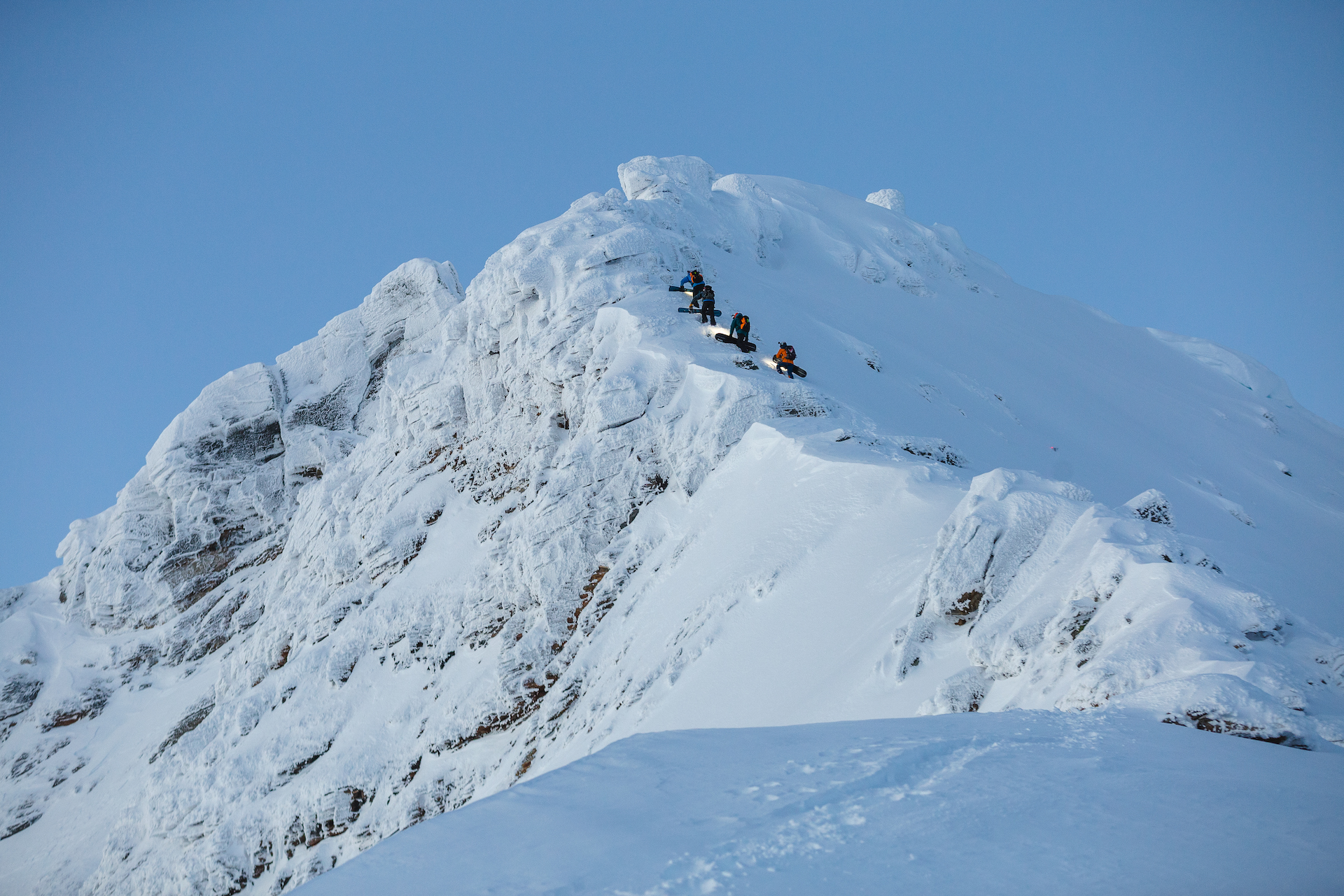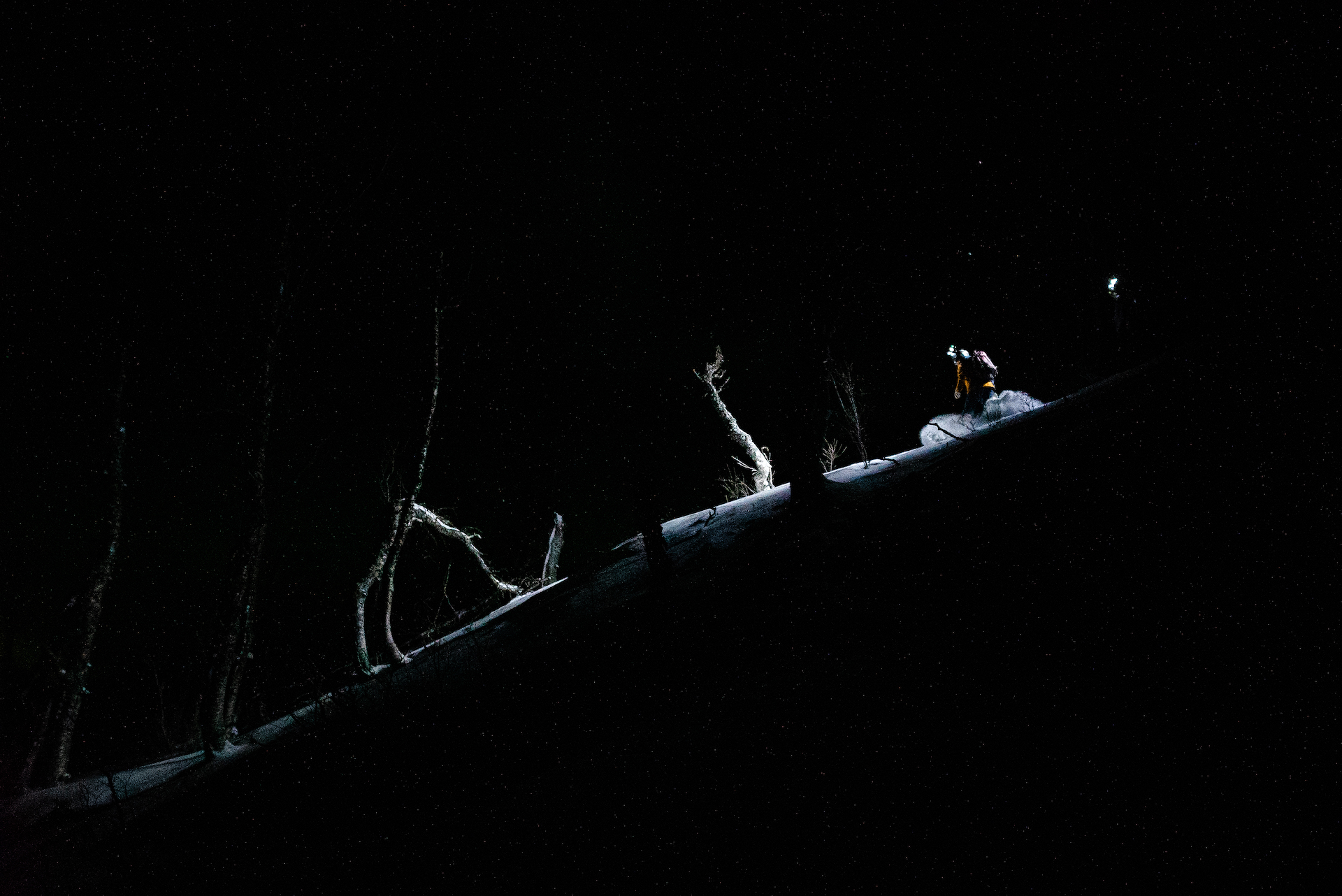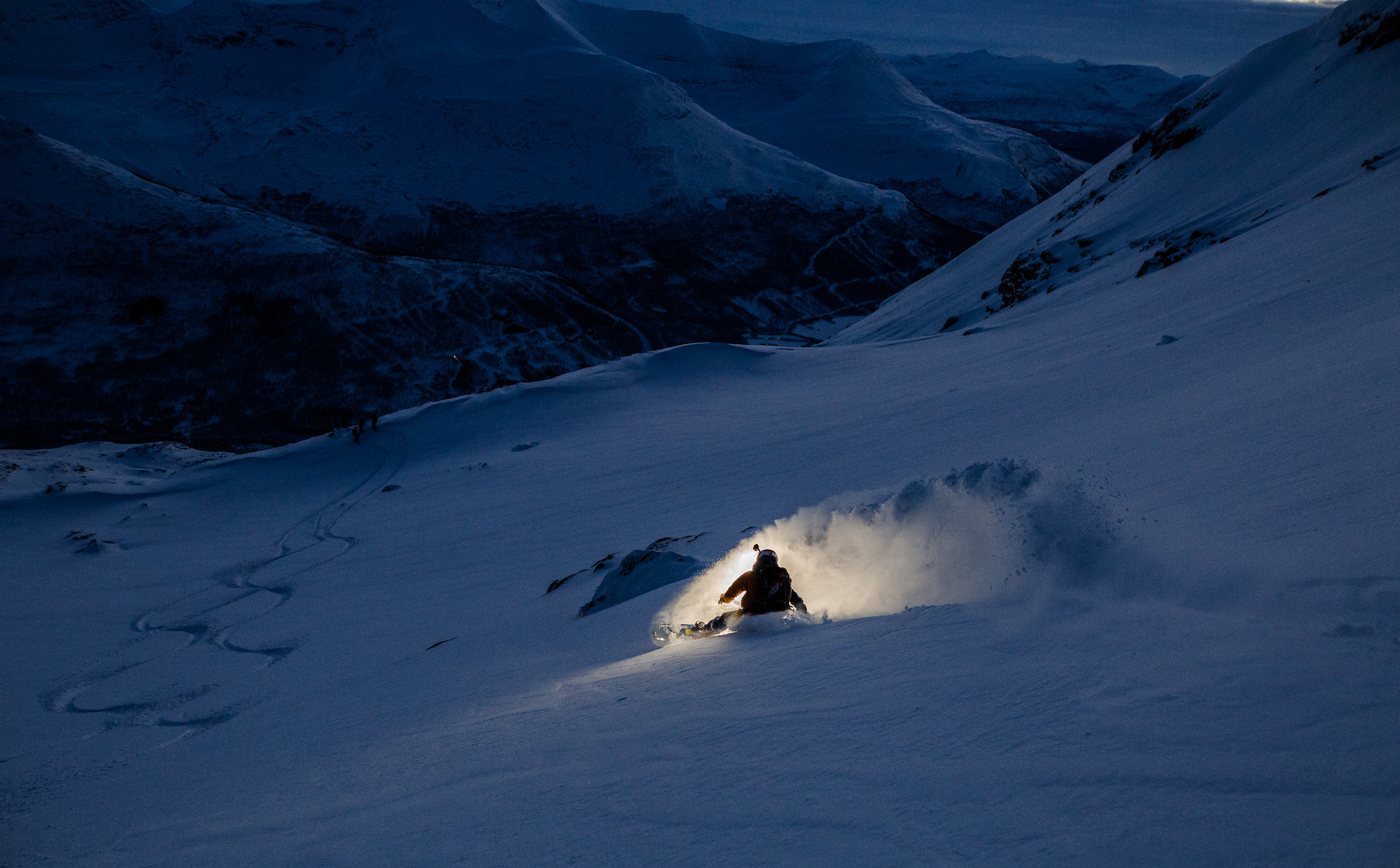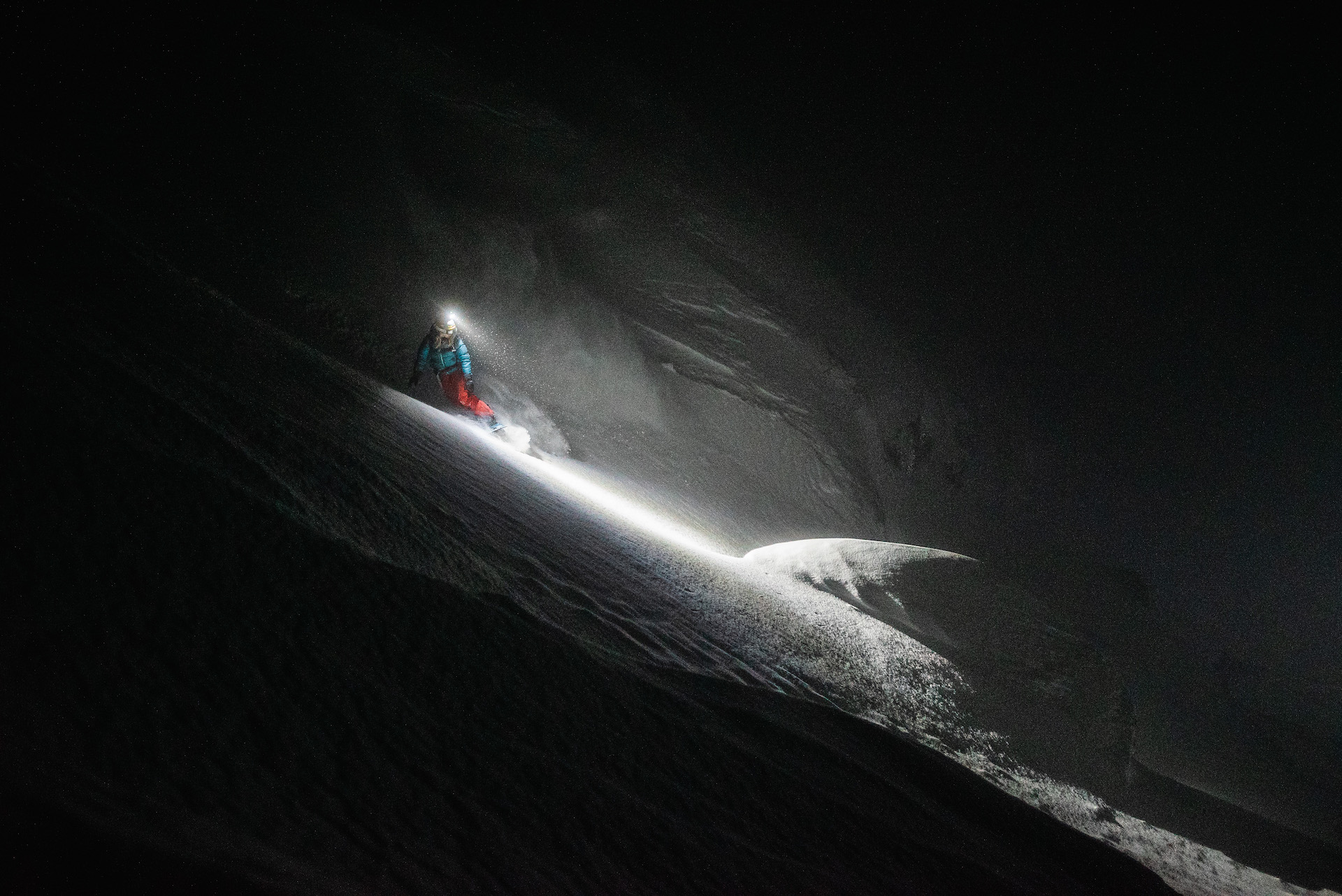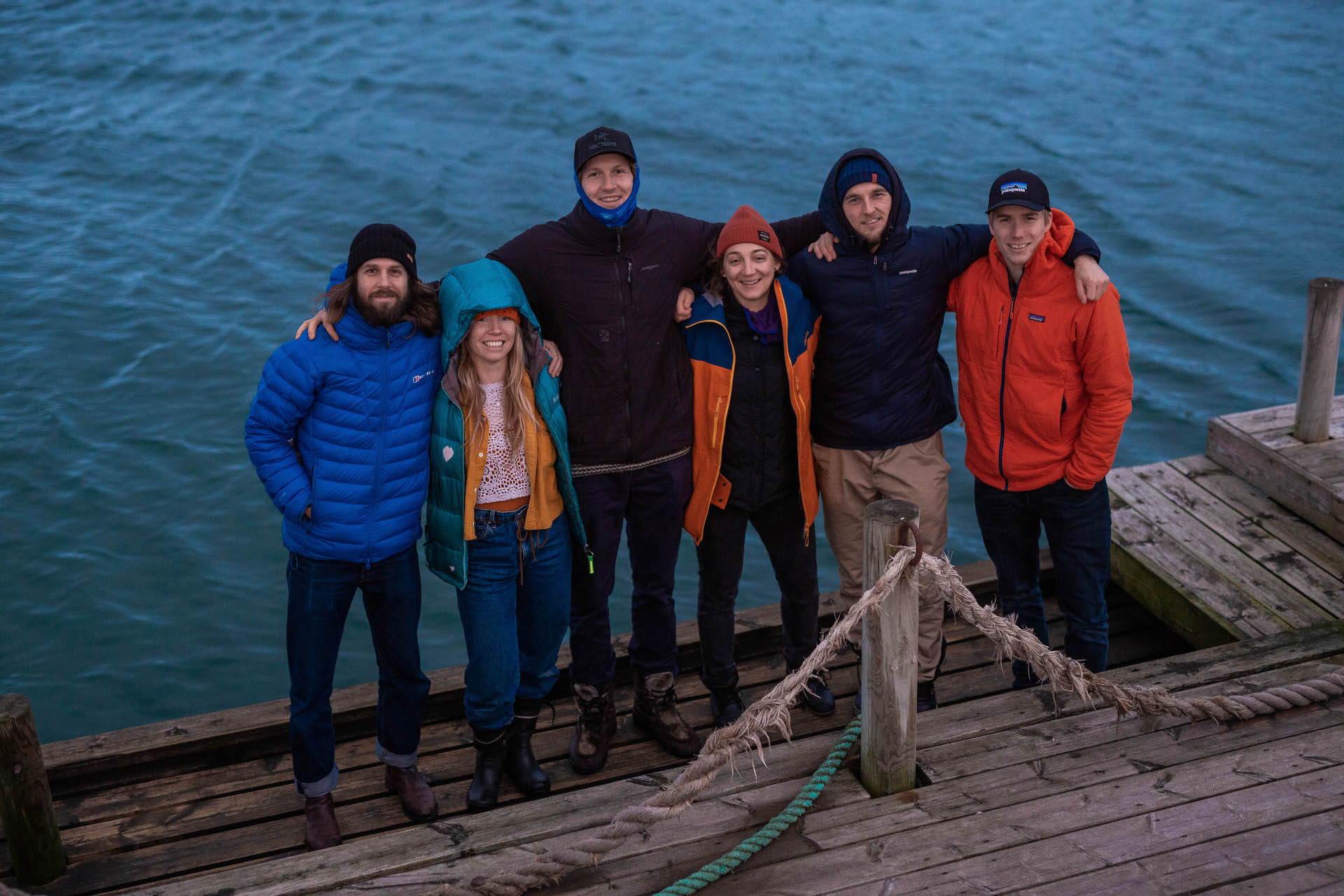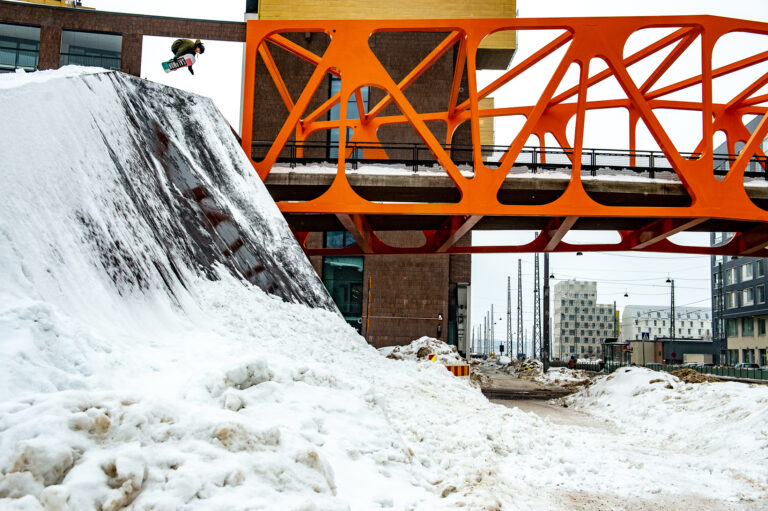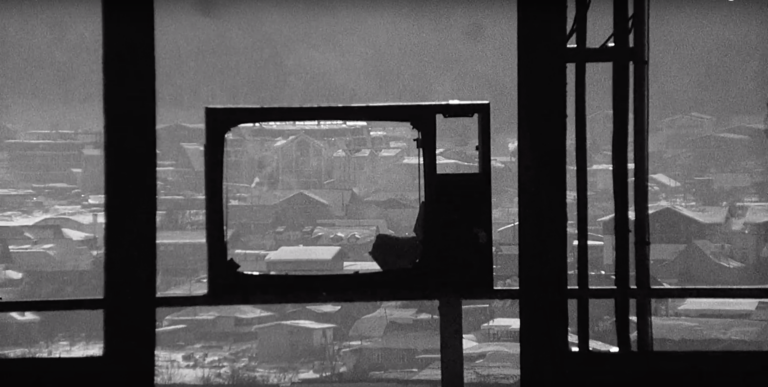There is darkness and then there is darkness. For many, darkness is often related to evening and night-time, but for some, it is constant. The Polar Night is a phenomenon that occurs within the polar circles in the most northern and southern regions of our planet. What it means, essentially, is that you’re faced with complete darkness 24 hours a day.
“You can’t see that much so all of your instincts take-over”
Upp in Tromsø, Norway, where ‘Through Darkness’ was filmed, the Polar Night can last up to a couple of months. Back in May, we got to have a sneak peek at what to expect from when riding in such extreme circumstances when the Through Darkness Trailer dropped. If you’re keen to see the entire film before it goes live to the public, head over to the Winter Opener in Edinburgh on the 23rd of November.
We had the pleasure to sit down with the directors of the film, Melissa Brandner and Manuela Mandl. The pair have both recently suffered from severe concussions, a factor that became a crucial part of this project.
